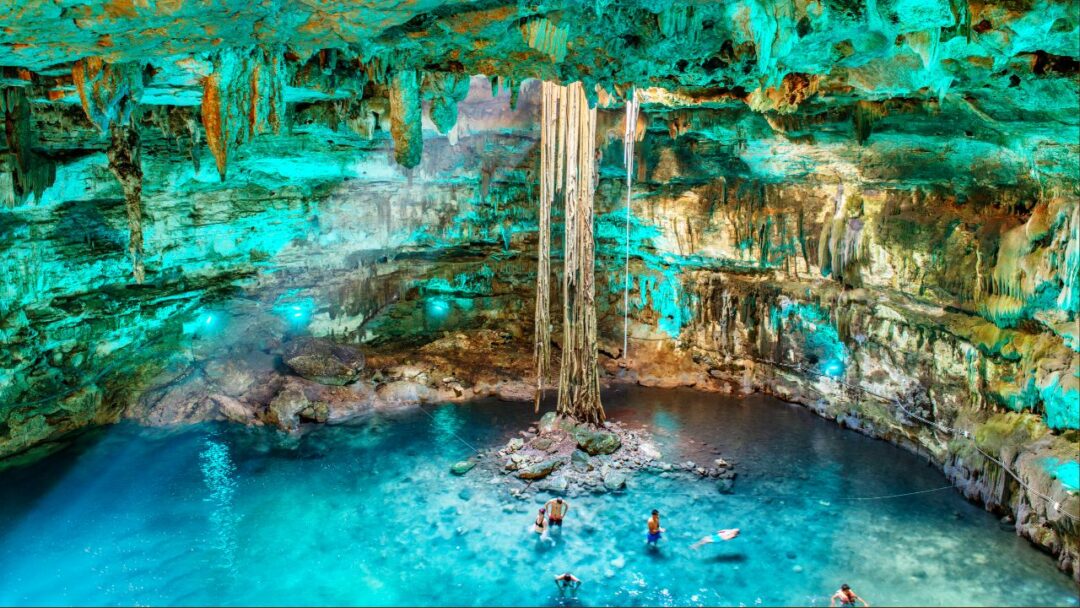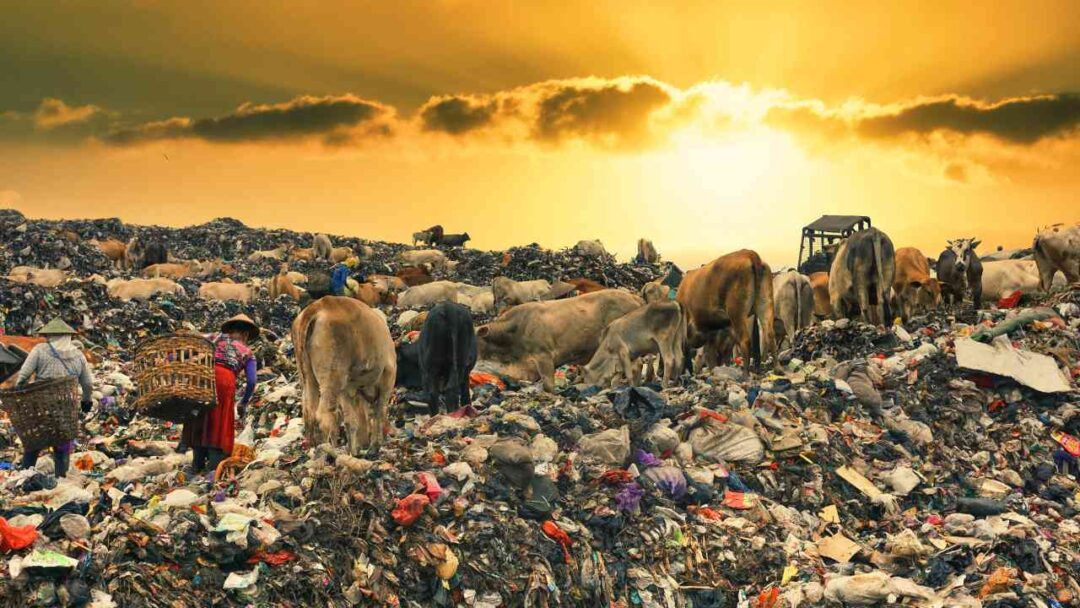Table of Contents

Introduction
Protecting Endangered Species: The Importance of Conservation. Numerous species coexist in the vast web of life on Earth, each contributing in a different way to the delicate balance of ecosystems. However, there has been a worrying decline in biodiversity over the past few decades, which has caused a number of plants and animals to gradually go extinct. Conservation efforts and the protection of endangered species are more crucial than ever as we stand on the verge of an unprecedented ecological crisis.
1. The Plight of Endangered Species
- Understanding the Magnitude of the Issue:
The growing danger of extinction of species has far-reaching effects on both the environment and humanity. We examine the major causes of this crisis, such as habitat loss, climate change, pollution, and the illegal wildlife trade, in addition to the alarming statistics. - The Ecological Web of Life:
The intricate ecosystem of our planet is based on the interdependence of all species. We reveal the complex relationships between threatened species and their habitats, emphasizing the ripple effects of their extinction on other living things and the environment as a whole.
2. Conservation Efforts: Making a Difference
- Protected Areas and Reserves:
A key component of conservation efforts has been the creation of protected areas and wildlife reserves. We investigate how these protected areas affect biodiversity preservation and act as a refuge for vulnerable species. - Conservation Genetics and Reproductive Technologies:
Modern reproductive and conservation genetics techniques give hope for the recovery of critically endangered species. We examine the moral and practical issues related to these novel methods, from genetic rescue to artificial insemination. - Community-based Conservation:
Providing local communities with the tools they need to take care of their environment can encourage long-term conservation efforts. We look into effective local conservation efforts around the world and the fruitful results they have produced.
3. The Role of International Cooperation
- Convention on International Trade in Endangered Species (CITES):
The control and regulation of the trade in threatened and endangered species has been greatly aided by CITES. We look at the importance of this global agreement and how it affects the fight against wildlife trafficking. - Collaborative Conservation Efforts:
Since endangered species do not respect national boundaries, international cooperation is essential. We shed light on productive collaborations between nations and international organizations that are propelling global conservation efforts.
4. The Value of Biodiversity
- Ecosystem Services:
Invaluable ecosystem services, such as pollination and climate regulation, are provided by biodiversity. We talk about the concrete and intangible advantages of protecting endangered species, highlighting the importance of a healthy ecosystem. - Ethical and Aesthetic Value:
It’s important to recognize each species’ inherent worth. We look at the moral justifications for protecting biodiversity as well as the enriching experiences that rare flora and fauna can provide.
5. Building a Sustainable Future
- Education and Awareness:
The key to bringing about long-lasting change is increasing public awareness of the value of protecting endangered species. We discuss how to promote a global conservation mindset through education and public outreach. - Policy and Advocacy:
The protection of endangered species depends on effective conservation policies and advocacy initiatives. We evaluate the current policies and make suggestions for how to make both governmental and non-governmental endeavors stronger.
Frequently Asked Questions (FAQ)
Why is protecting endangered species important?
Maintaining ecological balance depends on protecting endangered species. Every species is essential to its ecosystem and contributes to biodiversity and the health of the environment as a whole. By protecting these species, we can avoid disruptions that might have a negative domino effect on populations of other animals, plants, and even people.
How does conservation benefit us?
For humans, conservation has a lot of advantages. Because many species have the potential to yield important scientific discoveries, saving endangered species can result in improvements in medicine. Healthy ecosystems also support agriculture, water filtration, and climate regulation, all of which have a direct bearing on people’s quality of life.
What are the main threats to endangered species?
The main dangers to endangered species are habitat loss brought on by human activities like urbanization and deforestation, poaching, and illegal trade, pollution, climate change, and invasive species. These elements frequently work together to endanger wildlife populations.
How can I personally contribute to protecting endangered species?
There are several ways you can make a positive impact:
1. Support reputable conservation organizations through donations or volunteering.
2. Choose sustainable products and avoid products made from endangered species.
3. Educate others about the importance of conservation and the threats faced by endangered species.
4. Get involved in local conservation efforts or participate in wildlife habitat restoration programs.
What is the role of zoos in endangered species conservation?
Zoos are essential to conservation because they carry out research, raise endangered species in captivity, and take part in programs for the reintroduction of extinct species. They also inform people about the importance of conservation efforts and the plight of endangered species.
How does climate change affect endangered species?
Endangered species are seriously threatened by climate change. Rising temperatures and shifting weather patterns have the potential to harm vulnerable species by causing habitat disruption, altering migration patterns, interfering with breeding cycles, and increasing the frequency and severity of extreme weather events.
What are the success stories of endangered species conservation?
There have been several success stories in endangered species conservation, such as:
1. The recovery of the bald eagle population after the ban on the pesticide DDT.
2. The conservation efforts that helped the southern white rhinoceros population increase.
3. The successful reintroduction of the gray wolf in certain regions.
Are there any international agreements for protecting endangered species?
Yes, one notable agreement is the Convention on International Trade in Endangered Species of Wild Fauna and Flora (CITES). It aims to regulate and monitor international trade to ensure it doesn’t threaten the survival of endangered species.
How does habitat conservation help protect endangered species?
The preservation of the natural habitat that supports threatened species makes habitat conservation crucial. By preserving their habitats, we give these species the tools they require to live and procreate.
Can ecotourism support endangered species conservation?
Ecotourism can, in fact, benefit conservation efforts. When properly managed, ecotourism can bring in money for projects that support environmental preservation, local community growth, and the preservation of wildlife habitats. Additionally, it increases public awareness of the significance of protecting endangered species.
Conclusion
We have a duty to protect endangered species and maintain biodiversity for future generations as stewards of this amazing planet. All species are connected by an intricate web of life that exists in a precarious balance. We can build a sustainable future that supports both wildlife and humanity through concerted conservation efforts, international cooperation, and a deep appreciation for the value of biodiversity. Let’s take up the mantle of conservation with tenacity and compassion to ensure a world that prospers with a variety of life forms coexisting peacefully for all time.
WHY PROTECTING OUR NATURAL WORLD IS CRITICAL FOR OUR SURVIVAL : NEXT POST




